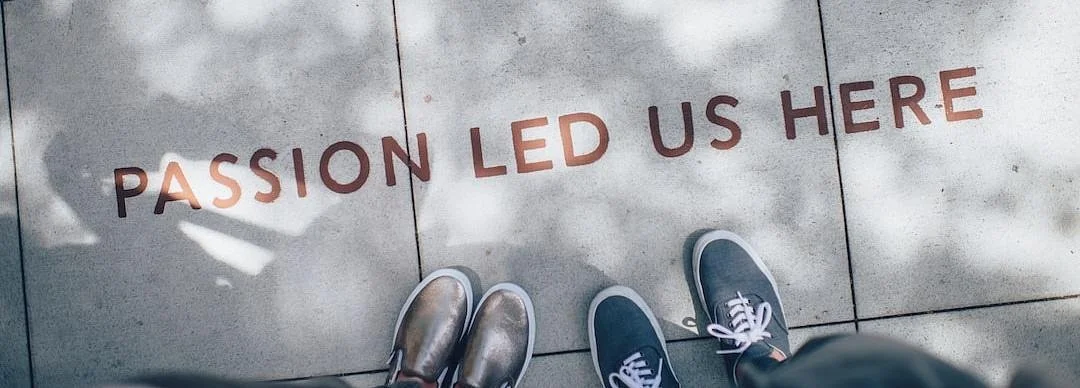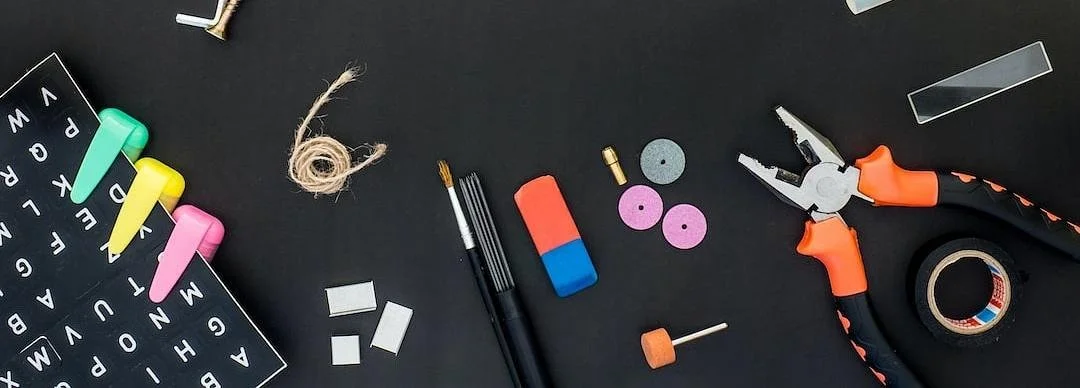Dialogue (1992-95)
By
Martyn Lucas & Leslie Herbert
Photograph of a page from the book, titled ‘See you next week’ and an image of the artist, Leslie Herbert (photographs by Martin Lucas)
An artist’s book produced in collaboration between learning disabled and non-learning disabled artists.
The book ‘Dialogue’ emerged after several years of Martyn Lucas working on a one-to-one basis with Leslie Herbert, an adult with Down syndrome. Leslie had been moved out of an institution where he had spent most of his life and into the community in the early 1990s. An enlightened Community Health Services NHS Trust in Camden started to engage the skills of local professionals to supplement their services for residents living in their new sheltered accommodation. In addition to the ongoing full-time care by health service staff and regular group activities, a resident might have a weekly visit from, for example, a gardener. Martyn was employed as an artist, on a trial basis on a 3 monthly renewal contract to visit Leslie one morning a week. The relationship lasted for 5 years, and in addition to the publication of a book, saw two exhibitions of Leslie’s artwork, and a joint exhibition including collaborative paintings in 1997. The project had no preconceived outcomes at the outset and Dialogue came out of the desire to share the visual conversation documented in several small sketchbooks. The books were a collaborative endeavour over several years – records of things seen on trips to galleries and museums in London. Leslie enjoyed going out and meeting people. He liked to collect postcards from his trips, and this was a way of bringing the ‘outside world’ back to his flat. These, the sketchbook drawings and his paintings were starting points for wider conversations. During the relationship his communication and social skills improved, and people who knew Leslie were genuinely surprised at what he had achieved. He loved the attention he received at his exhibition ‘private views’. Rather than turning Leslie into an artist, the project utilised the materials and languages of visual art to nurture confidence and self-esteem. The art fed the relationship, and the relationship fed the art.




